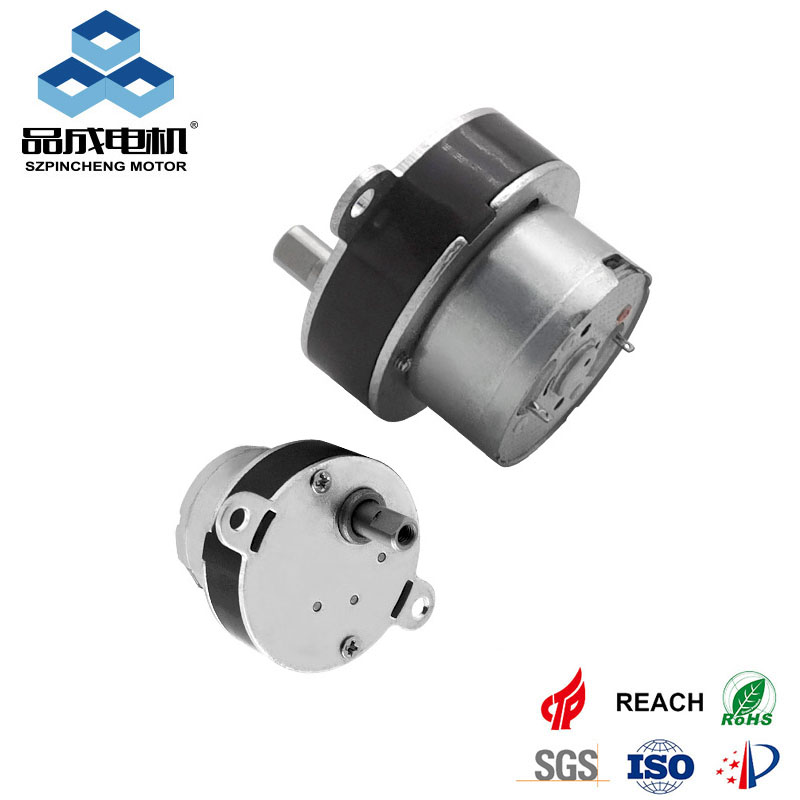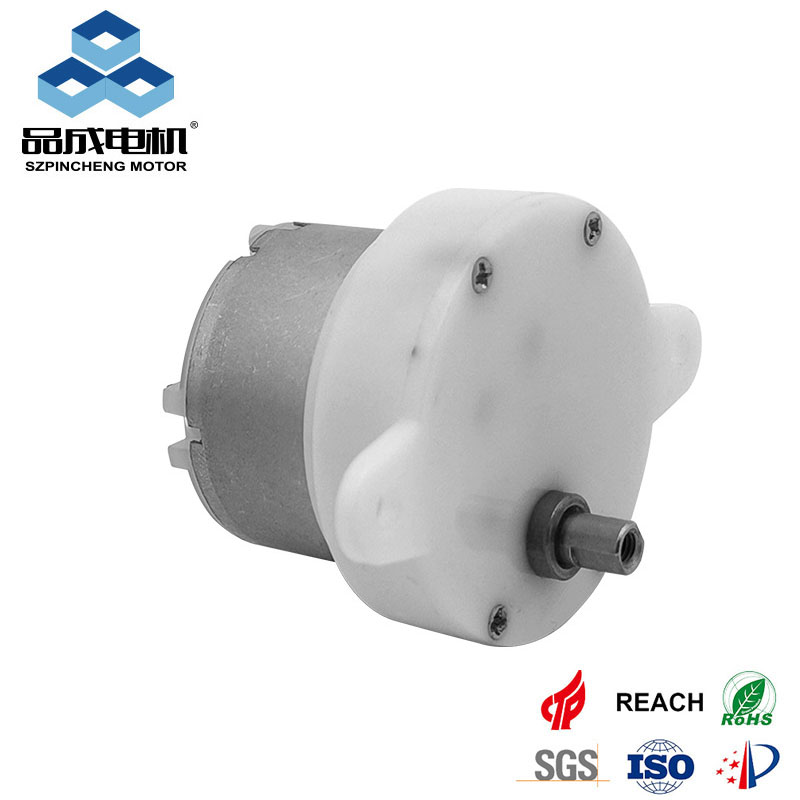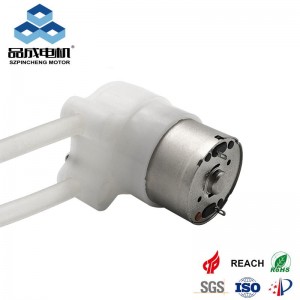Why Are DC Gear Motors So Noisy? (And How to Fix It!)
Gear motors are essential components in countless applications, from industrial machinery to everyday appliances. While they offer reliable power transmission, excessive noise can be a major drawback. This article delves into the common causes of gear motor noise and provides practical solutions to achieve quieter operation.
Common Causes of Gear Motor Noise:
1. Improper Lubrication: Insufficient or degraded lubricant increases friction between gear teeth, leading to vibration and noise. Regularly check and replenish lubricant levels using the manufacturer's recommended type and viscosity.
2. Gear Wear and Damage: Over time, gears can wear down, develop chips, or become misaligned, causing irregular meshing and noise. Inspect gears periodically for signs of wear and replace them if necessary.
3. Bearing Failure: Worn-out or damaged bearings create friction and vibration, contributing to noise. Listen for grinding or rumbling sounds and replace bearings promptly.
4. Shaft Misalignment: Misaligned shafts put undue stress on gears and bearings, increasing noise levels. Ensure proper shaft alignment during installation and maintenance.
5. Resonance: Certain operating speeds can excite natural frequencies in the motor or surrounding structure, amplifying noise. Adjust operating speed or implement vibration dampening measures.
6. Loose Components: Loose bolts, screws, or housings can vibrate and generate noise. Regularly inspect and tighten all fasteners.
7. Improper Mounting: Insecure mounting can transmit vibrations to surrounding structures, amplifying noise. Ensure the motor is securely mounted on a stable surface using appropriate vibration isolators.
Solutions for Quieter Gear Motor Operation:
1. Proper Lubrication: Follow the manufacturer's recommendations for lubricant type, quantity, and replacement intervals. Consider using synthetic lubricants for improved performance and longevity.
2. Regular Maintenance: Implement a preventive maintenance schedule to inspect gears, bearings, and other components for wear and tear. Address any issues promptly to prevent further damage and noise.
3. High-Quality Components: Invest in high-quality gears and bearings from reputable manufacturers. These components are often precision-engineered for smoother operation and reduced noise.
4. Precision Alignment: Ensure precise shaft alignment during installation and maintenance using laser alignment tools or other methods.
5. Vibration Dampening: Use vibration isolators, rubber mounts, or other dampening materials to absorb vibrations and prevent them from propagating to surrounding structures.
6. Acoustic Enclosures: For particularly noisy applications, consider enclosing the gear motor in a soundproof enclosure to reduce noise emission.
7. Consult the Manufacturer: If noise persists despite implementing these solutions, consult the gear motor manufacturer for expert advice and potential design modifications.
By understanding the causes of DC gear motor noise and implementing appropriate solutions, you can achieve quieter operation, improve equipment lifespan, and create a more pleasant working environment. Remember, regular maintenance and proactive noise control measures are key to ensuring the smooth and silent operation of your gear motors.
you like also all
Post time: Feb-08-2025




